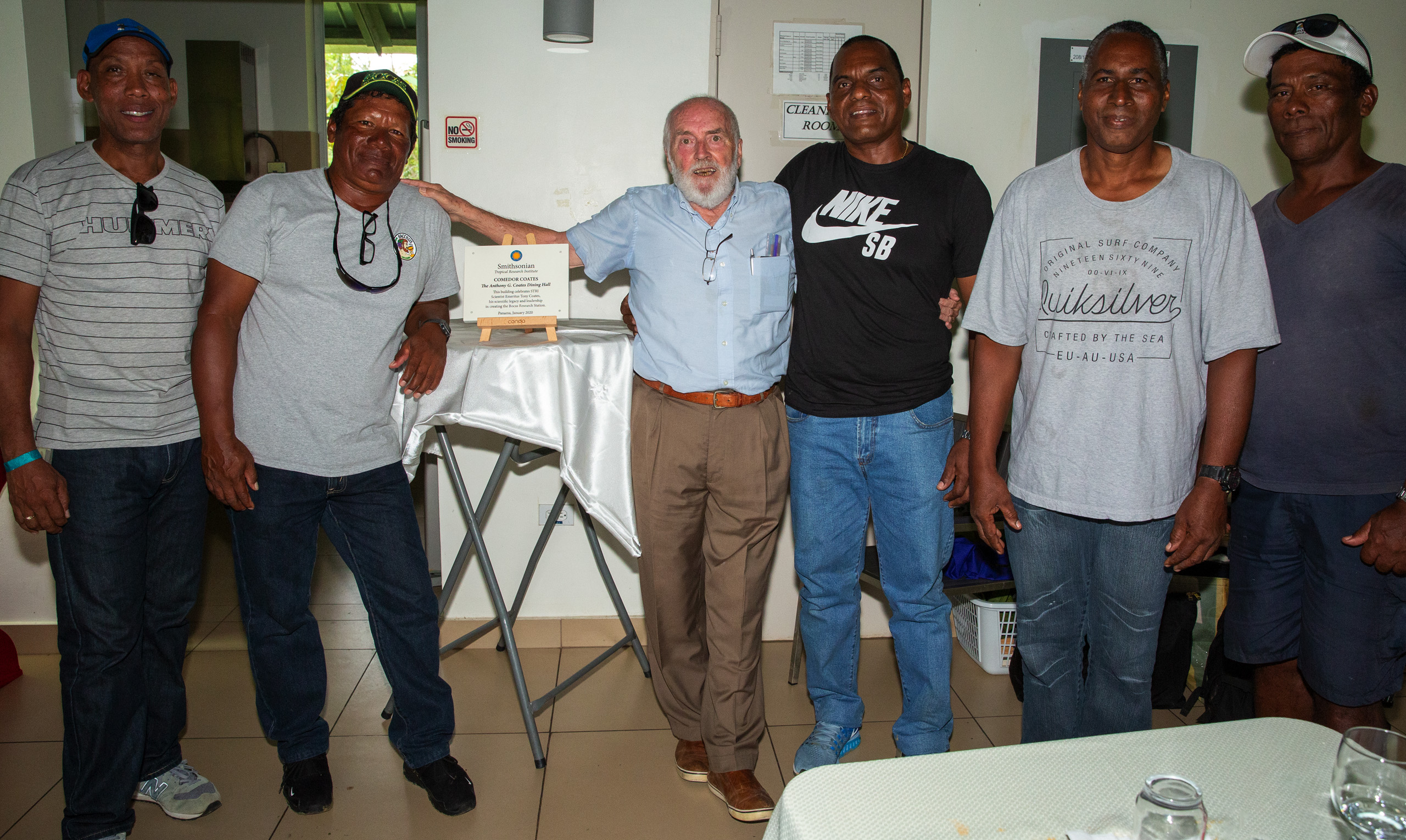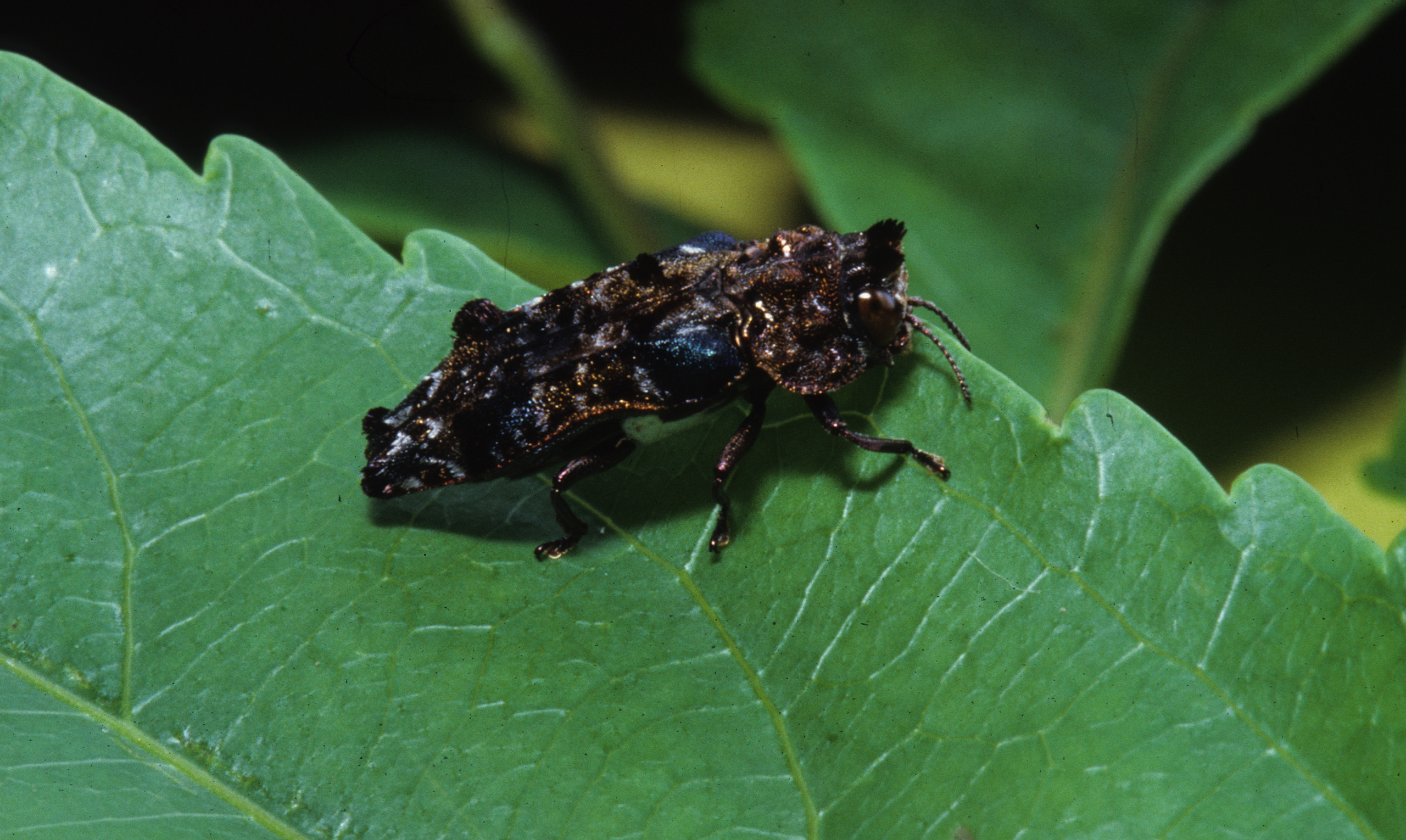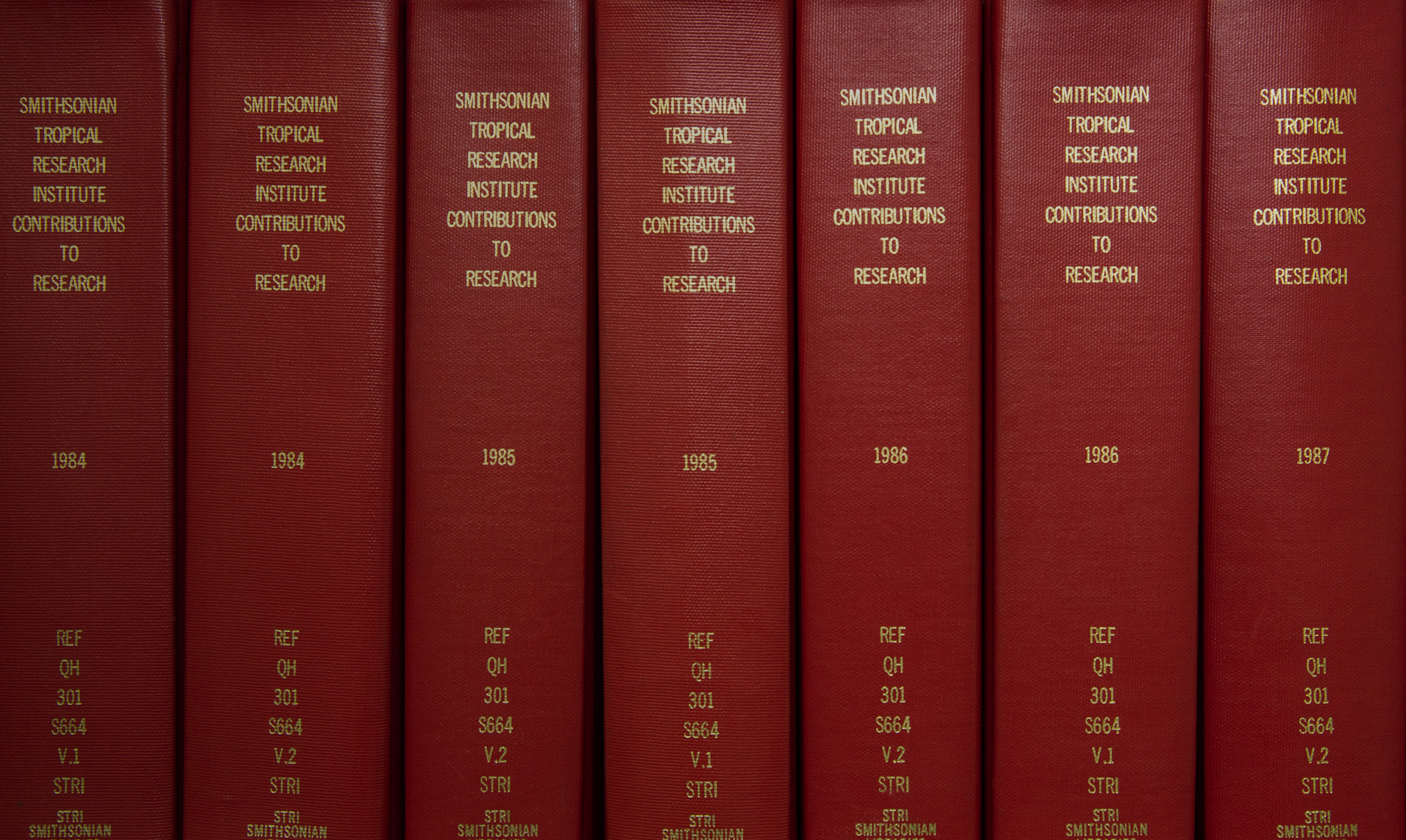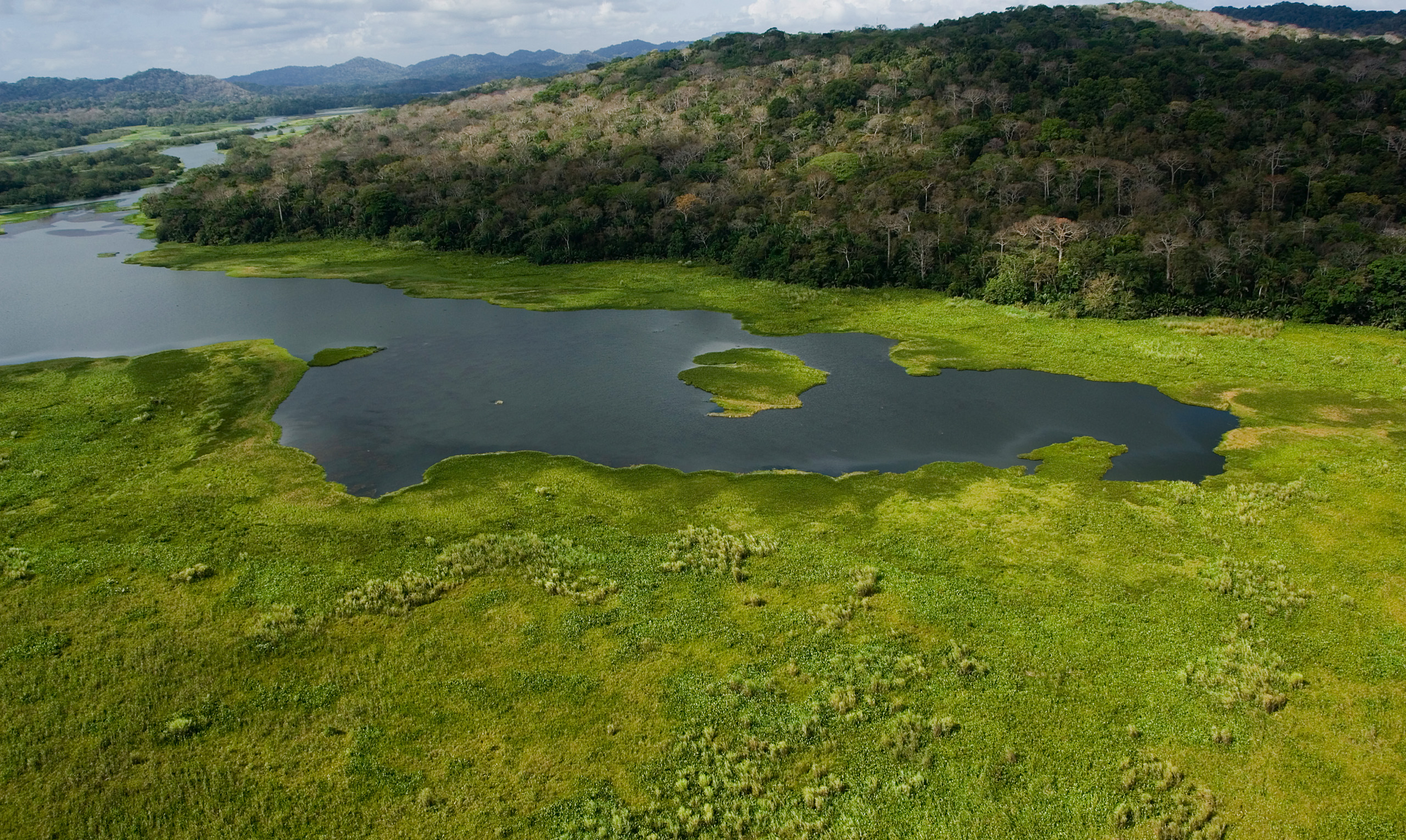B.A. Earlham College, 1994
Ph.D., Stanford University, 1999.
Hughes, T.P., J. T. Kerry, S.R. Connolly, J. G. Álvarez-Romero, C.M. Eakin, S.F. Heron, J. Moneghetti, M.A. Gonzalez. 2021. Emergent properties in the responses of tropical corals to recurrent climate extremes. Current Biology 31: 5393-5399. https://doi.org/10.1016/j.cub.2021.10.046
Bairos-Novak, K.R., M.O Hoogenboom, M.J.H. van Oppen, and S.R. Connolly. 2021. Coral adaptation to climate change: meta-analysis reveals high heritability across multiple traits. Global Change Biology 27: 5594-5710. DOI 10.1111/gcb.15829.
Thibaut, L.M., and S.R. Connolly. 2020. Hierarchical modelling strengthens evidence for density-dependence in observational time series of population dynamics. Ecology 101:e02893. DOI 10.1002/ecy.2893.
Moneghetti, J., J. Figueiredo, A.H. Baird, and S.R. Connolly. 2019. High-frequency sampling and piecewise models reshape dispersal kernels of a common reef coral. Ecology 100: e02730. DOI: 10.1002/ecy.2730
Hopf, J. G.P. Jones, D.H. Williamson, and S.R. Connolly. 2019. Marine reserves stabilize fish populations and fisheries yields in disturbed coral reef systems. Ecological Applications 29: e01905. DOI: 10.1002/eap.1905.
Hughes, T.P., K.D. Anderson, S.R. Connolly, S.F. Heron, J.T. Kerry, J.M. Lough, A.H. Baird, J.K. Baum, M.L. Berumen, T.C. Bridge, D.C. Claar, C.M. Eakin, J.P. Gimour, N.A.J. Graham, H. Harrison, J.-P.A. Hobbs, A.S. Hoey, M. Hoogenboom, R.J. Lowe, M.T. McCullough, J.M. Pandolfi, M. Pratchett, V. Schoepf, G. Torda, S.K. Wilson. 2018. Spatial and temporal patterns of mass bleaching of corals in the Anthropocene. Science 359: 80-83.
Connolly, S.R., S.A. Keith, R.K. Colwell, and C. Rahbek. 2017. Process, mechanism, and modelling in macroecology. Trends in Ecology and Evolution 32: 835-844.
Connolly, S.R., T.P. Hughes, and D.R. Bellwood. 2017. A unified model explains commonness and rarity on coral reefs. Ecology Letters 20: 477-486.
Hopf, J.K., G.P. Jones, D.H.Williamson, and S.R. Connolly. 2016. Synergistic effects of marine reserves and harvest controls on the abundance and catch dynamics of a coral reef fishery. Current Biology 26: 1543-1548.
Connolly, S.R., M.A. MacNeil, M.J. Caley, N. Knowlton, E. Cripps, M. Hisano, L.M. Thibaut, B.D. Bhattacharya, L. Benedetti-Cecchi, R. E. Brainard, A. Brandt, F. Bulleri, K.E. Ellingsen, S. Kaiser, I. Kröncke, K. Linse, E. Maggi, T. O’Hara, L. Plaisance, G.C.B. Poore, S.K. Sarkar, K.K. Satpathy, U. Schückel, A. Williams, R.S. Wilson. 2014. Commonness and rarity in the marine biosphere. Proceedings of the National Academy of Sciences, USA 111: 8524-8529.
Figueiredo, J., A.H. Baird, S. Harii, and S.R. Connolly. 2014. Increased local retention of reef coral larvae as a result of ocean warming. Nature Climate Change 4: 498-502.
Ban, S.S., N.A.J. Graham, and S.R. Connolly. 2014 Evidence for multiple stressor interactions and effects on coral reefs. Global Change Biology 20: 681-697.
Thibaut, L.M.*, and S.R. Connolly*. 2013. Understanding diversity-stability relationships: toward a unified model of portfolio effects. Ecology Letters 16: 140-150.
Madin, J. S. and S. R. Connolly. 2006. Ecological consequences of major hydrodynamic disturbances on coral reefs. Nature 444: 477-480.
Dornelas, M.., S. R. Connolly, and T. P. Hughes. 2006. Coral reef diversity refutes the neutral theory of biodiversity. Nature 440: 80-82.
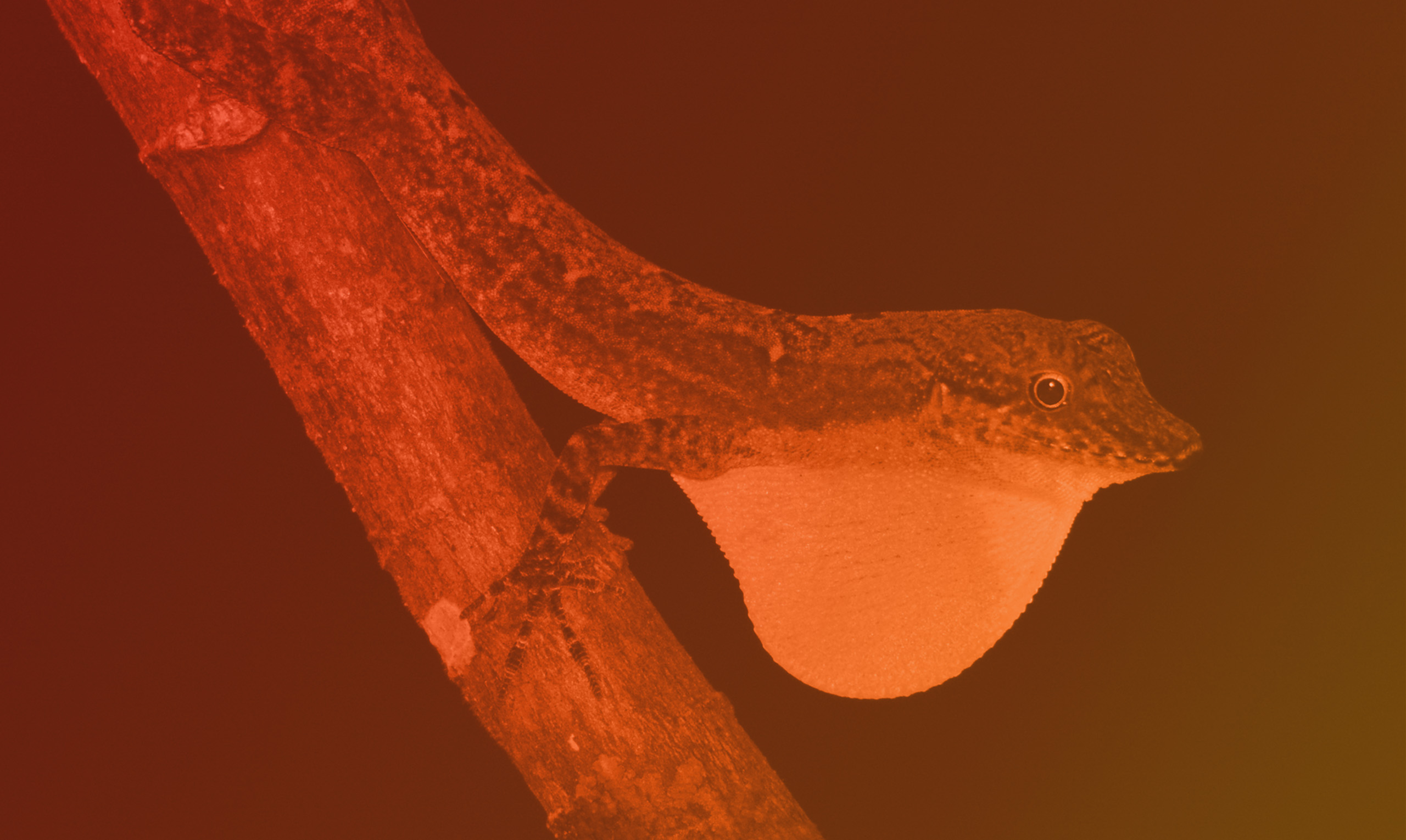 black
Mark Torchin
black
Mark Torchin


